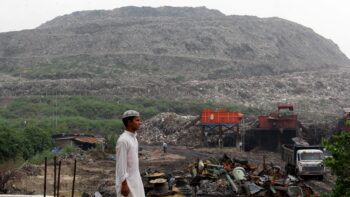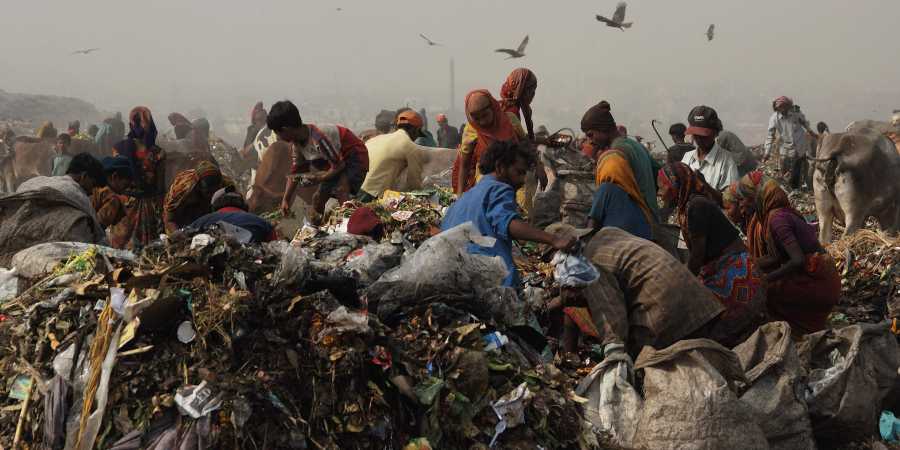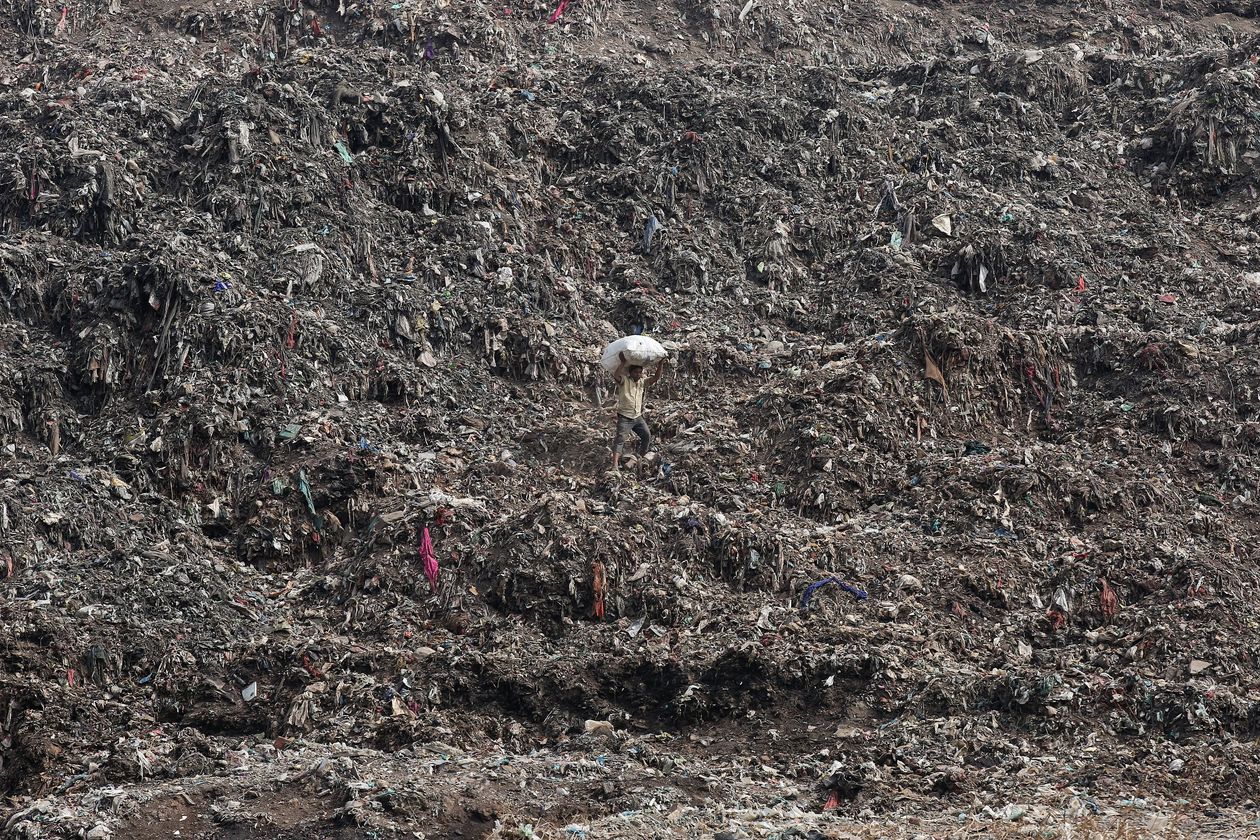By Mark Ellis —

The poorest people on earth scavenge trash for recyclables worldwide, but their meager existence has been overturned by a global collapse of the recycle market, putting extreme pressure on them to survive.
In India, for example, recycling trash generated locally and from abroad was a $25 billion industry.
“All of that has been upended by a crash in a global garbage market dominated by two players: China, which buys most of the world’s garbage, and the U.S., which sells the most,” according to the Wall Street Journal (WSJ).
In 2018, China slashed the amount of garbage it buys. “The reduced demand from China and continued supply from the U.S. flooded the world trash market and drove down the price of garbage everywhere.”
For those who pick through mountains of trash at Ghazipur Landfill on the outskirts of New Delhi, the going price for a kilo, or 2.2 pounds, of plastic water bottles, used to about 65 cents and is now worth only 36 cents, according to the WSJ.

As a result, about 20% of the families that migrated from rural villages to collect garbage and live in a nearby slum are returning home.
Most waste generated in east, central and Old Delhi find its way to the Ghazipur landfill. There are two other landfills in Delhi — one at Okhla (in the south) and the other at Bhalswa (in the north). The trash mountain at Ghazipur rises taller than a 20-story building.
In 2003, Ambia Khatoon and her husband arrived at Ghazipur with three bags and their six children from a rural part of India.

Until last year, they made about $5 a day, enough to support their children and to buy the land where they lived in the slum next to the landfill.
She started working with her three youngest children in tow—one on her back, one she held by the hand and her oldest child following behind.

“It was very difficult at first,” she told the WSJ. “I kept fainting and throwing up.” Some days, temperatures at the landfill soar above 100 degrees.
The collapse of the market cut their earnings to less than $3 a day, which caused Ms. Khatoon, 46 years old, and her youngest child to move back to a leaky mud and bamboo hut in her rural village. They are able to receive electricity only a few hours a day.
She hasn’t found work in her village, so they rely on money coming from the family that remains in Delhi.
Surprisingly, Ms. Khatoon said she would prefer that her 10 grandchildren don’t grow up in her rural village. “We want them to grow up in the city even if it is in the slums,” she said. “I’d go back if the scrap prices were better. It is the only job that I know.”



